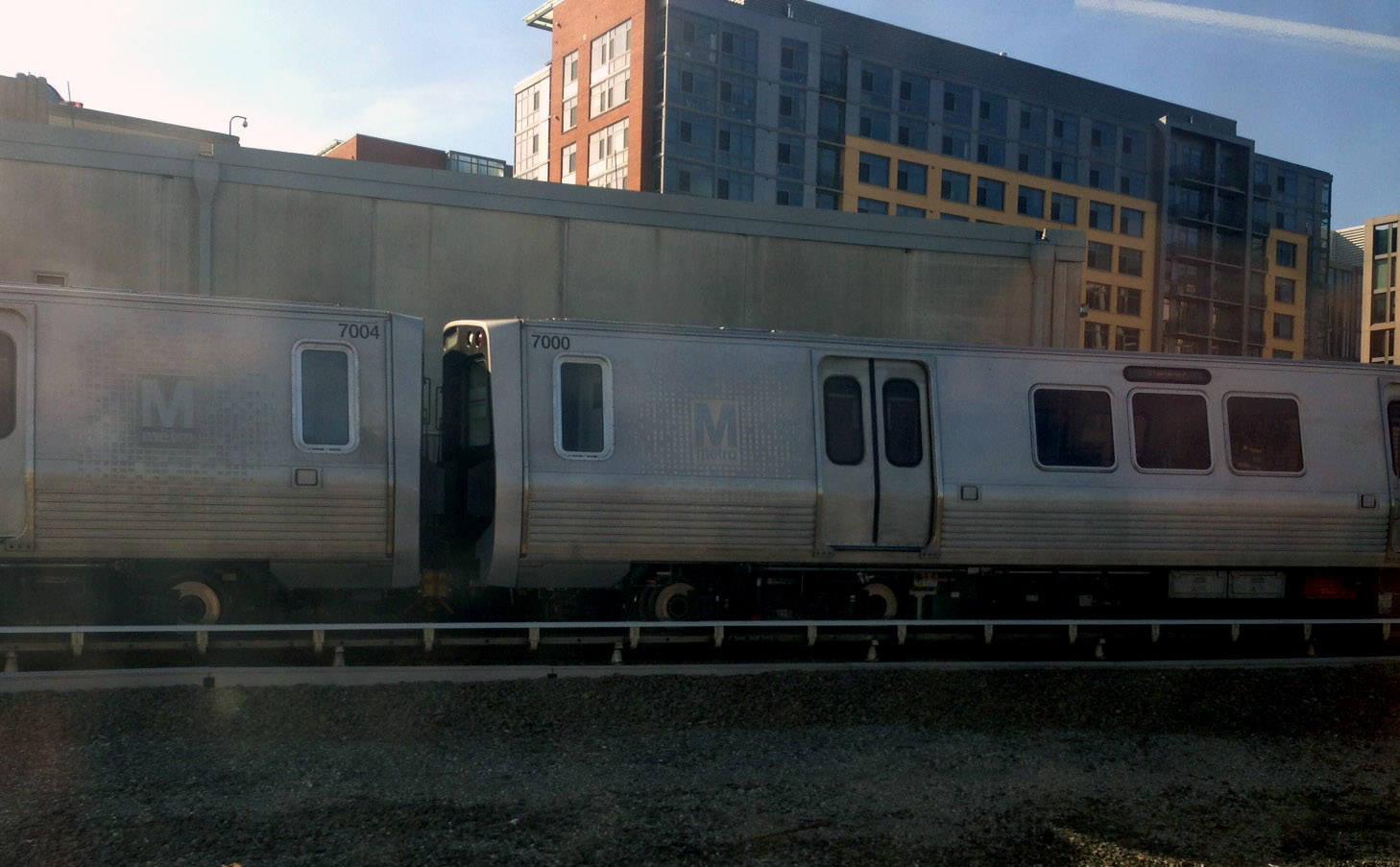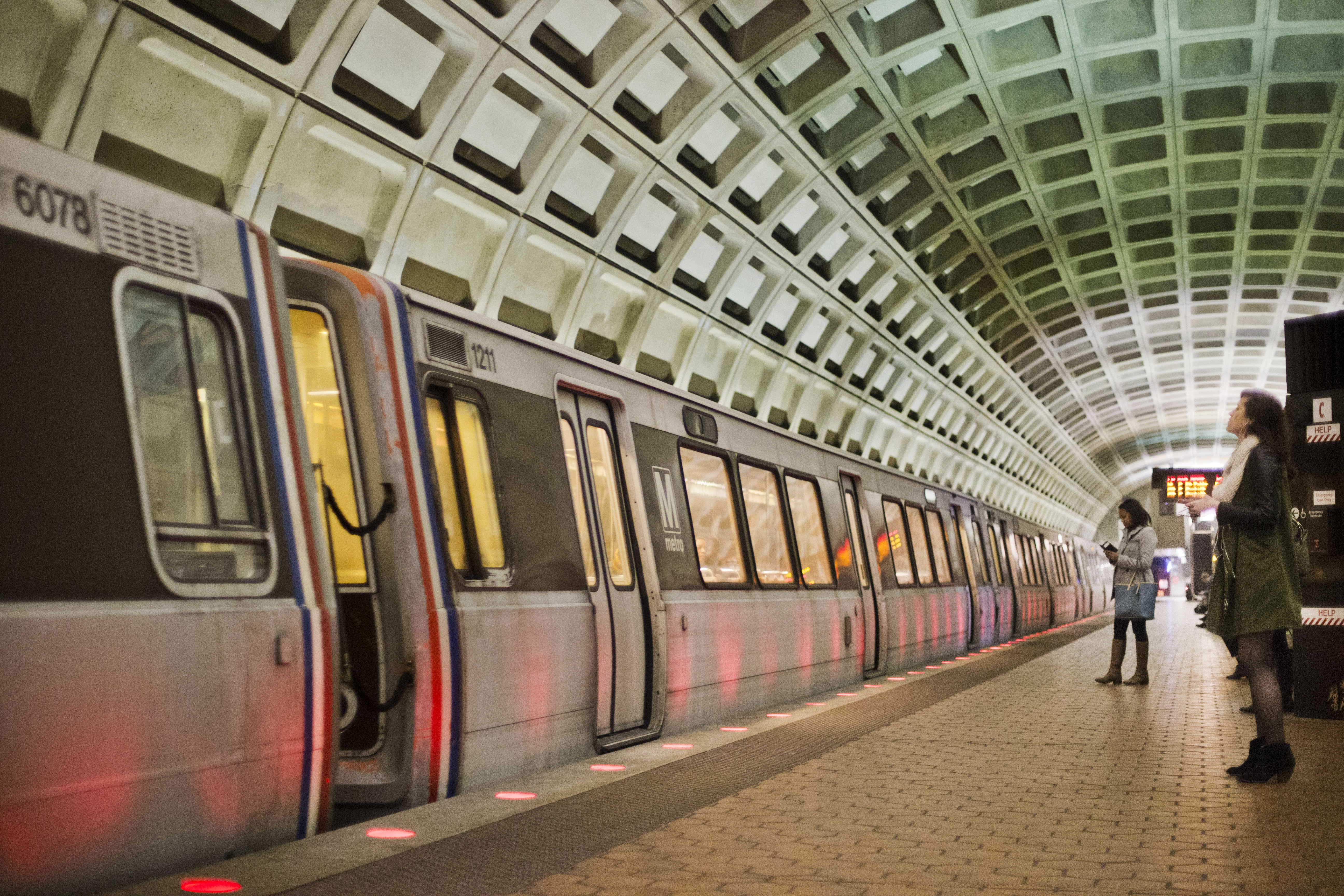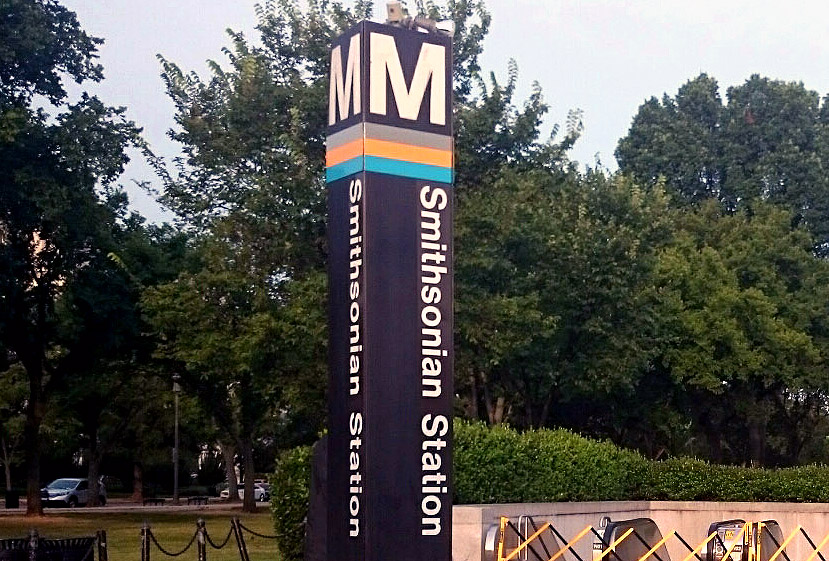WASHINGTON — A new report card out this week on Metro’s performance does not reveal good news for the transit agency.
Metro’s Vital Signs report finds the transit agency did not meet eight of 10 targets it aimed to meet during the months of April, May and June. Fewer buses and trains arrived on time compared to the same months in 2014. More trains and buses broke down during the same period. There were more injuries and crime on Metro than the agency wanted in those months, too.
Rail on-time performance was on target in April, but worsened on all lines in May and June.
“With railcar reliability challenges, there were fewer trains to department from end-of-line stations increasing headways (time between trains) and lowering on time performance. This reduction in service resulted in more instances of crowding. Increasingly, the measurement of average passengers per car was above the Board-approved optimal standard of 100 people per car,” the report reads.
Metro blamed reliability problems on door and brake problems. Metro pulled the 4000 series cars in June because of problems with the doors. Normally, Metro aims to have 954 railcars in service during the morning and afternoon rush hours, but it fell short of that goal on 34 of 42 weekdays in May and June.
“There was a significant increase in propulsion and door failures. Propulsion systems rely primarily on dynamic braking systems and limited use of full friction brakes. As electronics wear with age and mileage (increased due to higher Silver Line car requirement), friction brakes are applied more often. This may in turn cause reports of odors/smoke that cause even more cars to be removed from service thereby delaying more customers,” according to the report.
Also, Metrobuses arrived late more often in April, May and June 2015 compared to the same period in 2014. Metro cites multiple causes: detours and delays, four out of every 10 bus operators have less than five years’ experience as well as disciplinary and bus-fare evasion initiatives.
As a result, Metro’s customer satisfaction rating went down, too. In the second quarter of 2014, 79 percent of riders were satisfied or very satisfied with Metrobus, and 80 percent of Metrorail users felt the same way. But in 2015, the numbers dropped to 75 percent and 73 percent, respectively.
Serious crime on Metro also was up in the spring of 2015, including for armed robbery, cellphone snatches and assaults. Metro reports that cellphone snatches are the most predominant crime with a recent uptick in pickpocketing. Metro reports that bus operator assaults and parking lot crimes are down.
Also, Metro reports that escalator and elevator service improved in the spring months. Escalator availability reached 93.5 percent and elevator availability was at 96.5 percent. By 2020, Metro wants to replace 137 of 613 escalators system wide and rehabilitate another 144.
Read the full report below:







